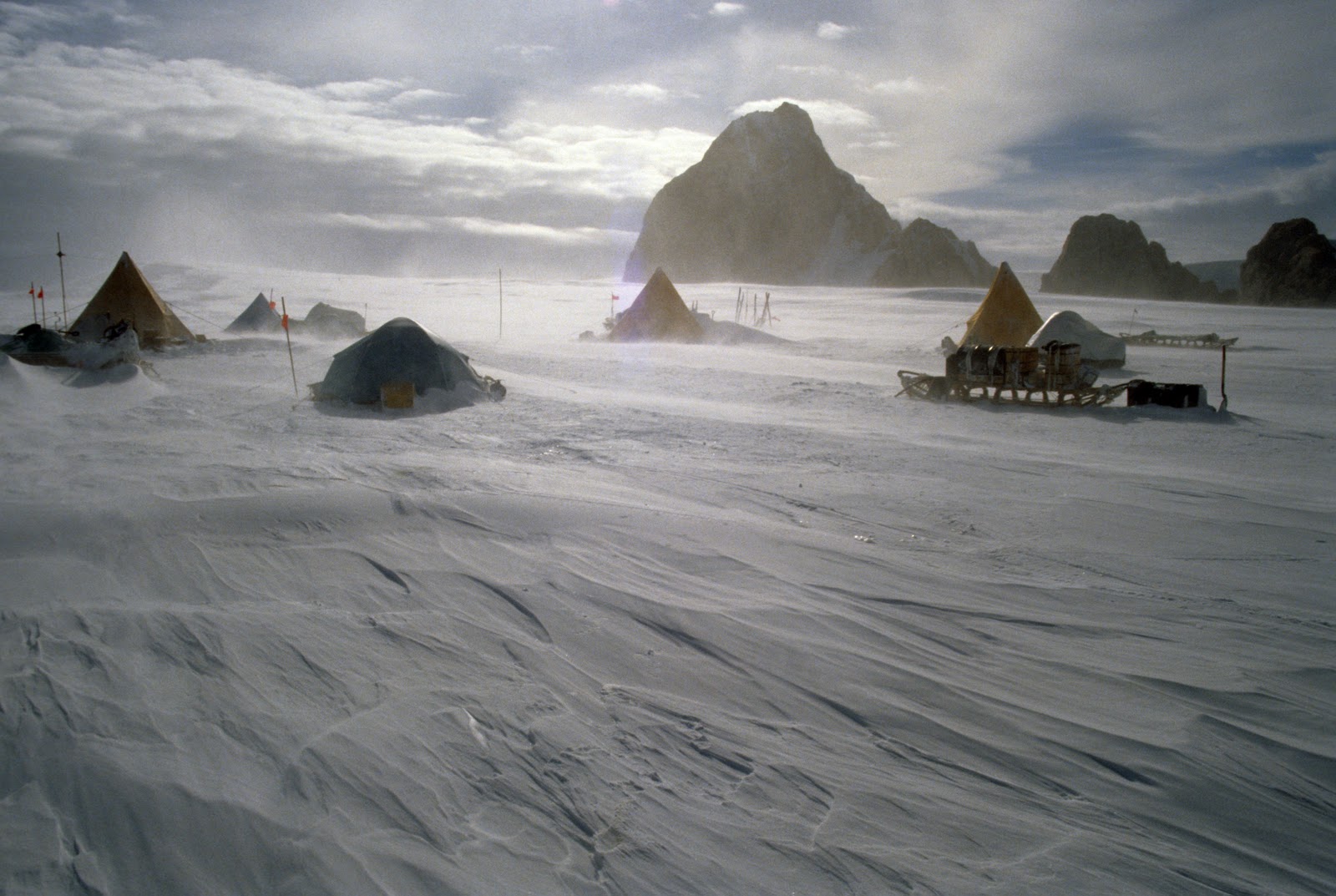Difference between revisions of "Template:POTD protected"
Westarctica (talk | contribs) |
Westarctica (talk | contribs) |
||
| Line 1: | Line 1: | ||
{| role="presentation" style="margin:0 3px 3px; width:100%; text-align:left; background-color:transparent; border-collapse: collapse; " | {| role="presentation" style="margin:0 3px 3px; width:100%; text-align:left; background-color:transparent; border-collapse: collapse; " | ||
|style="padding:0 0.9em 0 0;" | [[File: | |style="padding:0 0.9em 0 0;" | [[File:Ford-Ranges.jpg|300px]] | ||
|style="padding:0 6px 0 0"| | |style="padding:0 6px 0 0"| | ||
'''[[ | The '''[[Ford Ranges]]''' are a group of mountain ranges standing east of the [[Sulzberger Ice Shelf]] and [[Block Bay]] in the northwest part of [[Westarctica]]. Discovered by the [[Richard E. Byrd|Byrd Antarctic Expedition]] on 5 December 1929, and named by Byrd for Edsel Ford of the Ford Motor Company, who helped finance the expedition. | ||
The Ford Ranges include a number of mountain groupings and features, including Mount Rea, a prominent rock mountain with an imposing monolith on its west side called [[The Billboard]], standing between [[Arthur Glacier]] and [[Boyd Glacier]]. It was discovered by the Byrd Antarctic Expedition on the Eastern Flight of 5 December 1929, and named by Byrd for Mr. and Mrs. Rea, of Pittsburgh, PA, who were contributors to the expedition. | |||
<p><small> | <p><small>Photographer: Stephen Richard, University of Arizona </small></p> | ||
[[:Category:Images|'''(More Featured Images)''']] | [[:Category:Images|'''(More Featured Images)''']] | ||
<div class="potd-recent" style="text-align:right;"> | <div class="potd-recent" style="text-align:right;"> | ||
Revision as of 03:17, 12 August 2019

|
The Ford Ranges are a group of mountain ranges standing east of the Sulzberger Ice Shelf and Block Bay in the northwest part of Westarctica. Discovered by the Byrd Antarctic Expedition on 5 December 1929, and named by Byrd for Edsel Ford of the Ford Motor Company, who helped finance the expedition. The Ford Ranges include a number of mountain groupings and features, including Mount Rea, a prominent rock mountain with an imposing monolith on its west side called The Billboard, standing between Arthur Glacier and Boyd Glacier. It was discovered by the Byrd Antarctic Expedition on the Eastern Flight of 5 December 1929, and named by Byrd for Mr. and Mrs. Rea, of Pittsburgh, PA, who were contributors to the expedition. Photographer: Stephen Richard, University of Arizona |